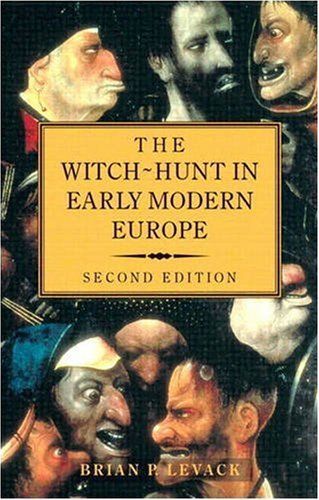
The Witch-hunt in Early Modern Europe
This book first appeared in 1987. It focuses on the great age of witch-hunting in Europe (and also in colonial America), between 1450 and 1750. In these years more than 100,000 people - most of them women - were prosecuted by secular and ecclesiastical courts across Europe for allegedly practising harmful magic and worshipping the Devil. The book sets out to answer the major questions that this strange and terrible phenomenon evokes today. Why did the trials take place? Why did they suddenly proliferate in Europe at this time? How many trials were there, and where, and what were the outcomes? Why were more witches prosecuted in some countries than others? Who were the accused and who were their accusers? Why, after more than 200 years of vigorous activity, did the trials eventually dwindle away? What did they tell us about the social, economic and political history of early modern Europe, and, in particular, the position of women within it? In this timely Second Edition, Brian Levack now incorporates the latest scholarship on the subject.